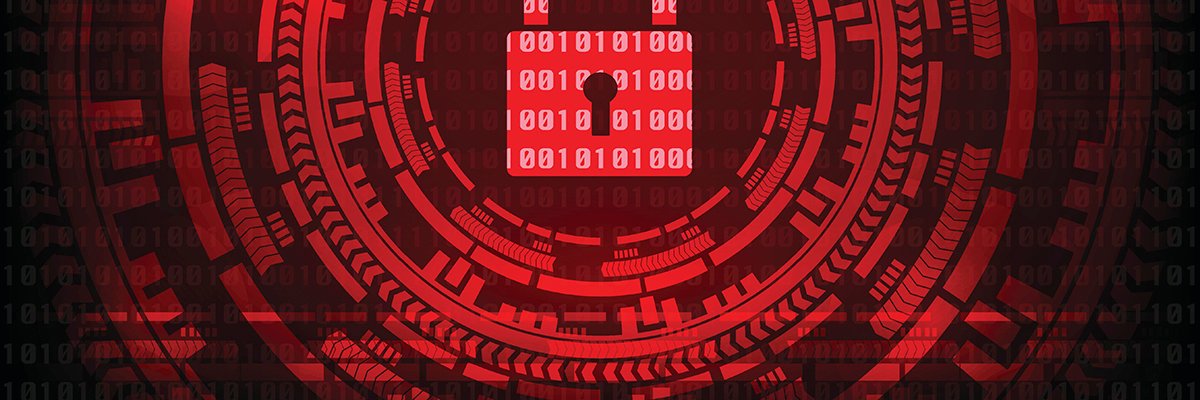Ransomware continues to pose a significant threat to organizations across various industries. This malicious software infiltrates systems and disrupts operations, causing significant damage and financial losses. In order to protect against ransomware attacks, it is crucial to understand how it finds its way onto victims’ systems and take necessary precautions to prevent infections.
There are three common methods through which ransomware gets onto victims’ systems: social engineering and phishing, Remote Desktop Protocol (RDP) and credential abuse, and exploitable software vulnerabilities. Let’s examine each of these attack vectors and explore the best practices to secure systems and prevent ransomware infections.
1. Social engineering and phishing:
Phishing, a type of social engineering, remains the top attack vector for various forms of malware, including ransomware. Attackers target email systems as they are likely to contain valuable information. Phishing emails are disguised in various ways, leveraging topics that users are interested in to trick them into clicking malicious attachments or links. Other social engineering scams include smishing (SMS-based phishing), vishing (voice phishing), and spear phishing (highly targeted attacks).
To prevent social engineering and phishing attacks, organizations should prioritize security awareness training for employees. By educating the workforce about the risks and techniques used by attackers, organizations can build a security-aware culture that serves as the first line of defense. Implementing technology solutions like email hygiene systems and endpoint detection and response systems can also be effective in filtering out phishing emails and detecting ransomware activity.
2. RDP and credential abuse:
Remote Desktop Protocol (RDP) is a valuable tool for modern enterprises, allowing administrators to access servers and desktops remotely. However, if not properly protected, it can serve as an entry point for attackers. Ransomware operators and other cybercriminals often exploit RDP by acquiring legitimate credentials through brute-force attacks, purchasing them from criminal sites, or using credential stuffing techniques.
To protect RDP and prevent credential abuse, organizations should implement multifactor authentication for remote access. Requiring an additional authentication factor along with valid credentials adds an extra layer of security. Organizations can further enhance the security of remote system access by using Virtual Private Networks (VPNs) and restricting admin access to dedicated devices. Keeping admin ports closed and opening them only when necessary can also minimize the risk of unauthorized access.
3. Exploitable software vulnerabilities:
Exploiting unpatched software vulnerabilities is another common ransomware attack vector. Any system that is internet-facing and lacks proper patching and protection can become a target for cyberattacks. Websites, especially those with plugins and libraries, and low-code/no-code workflows can also introduce vulnerabilities that ransomware operators can exploit.
To eliminate exploitable software vulnerabilities, organizations should prioritize patch management and ensure that all systems, especially public-facing ones, are up to date. Implementing an Application Lifecycle Management (ALM) program can help inventory and track applications and services, providing better control and visibility. Additionally, using software bills of materials (SBOMs) can help identify vulnerable components and assist organizations in mitigating risks associated with software supply chains.
By understanding these ransomware attack vectors and implementing the recommended security measures, organizations can significantly reduce the risk of ransomware infections. It is crucial to continuously educate employees, adopt technological solutions, and maintain a proactive approach towards patch management to stay resilient against evolving ransomware threats.
